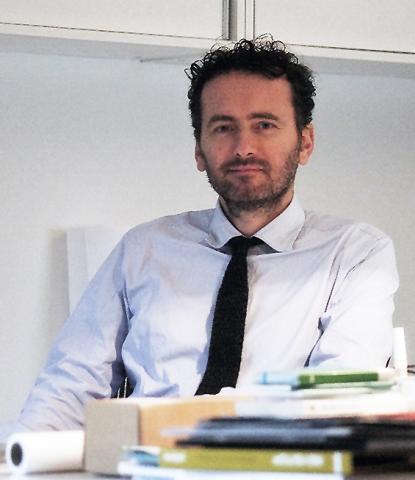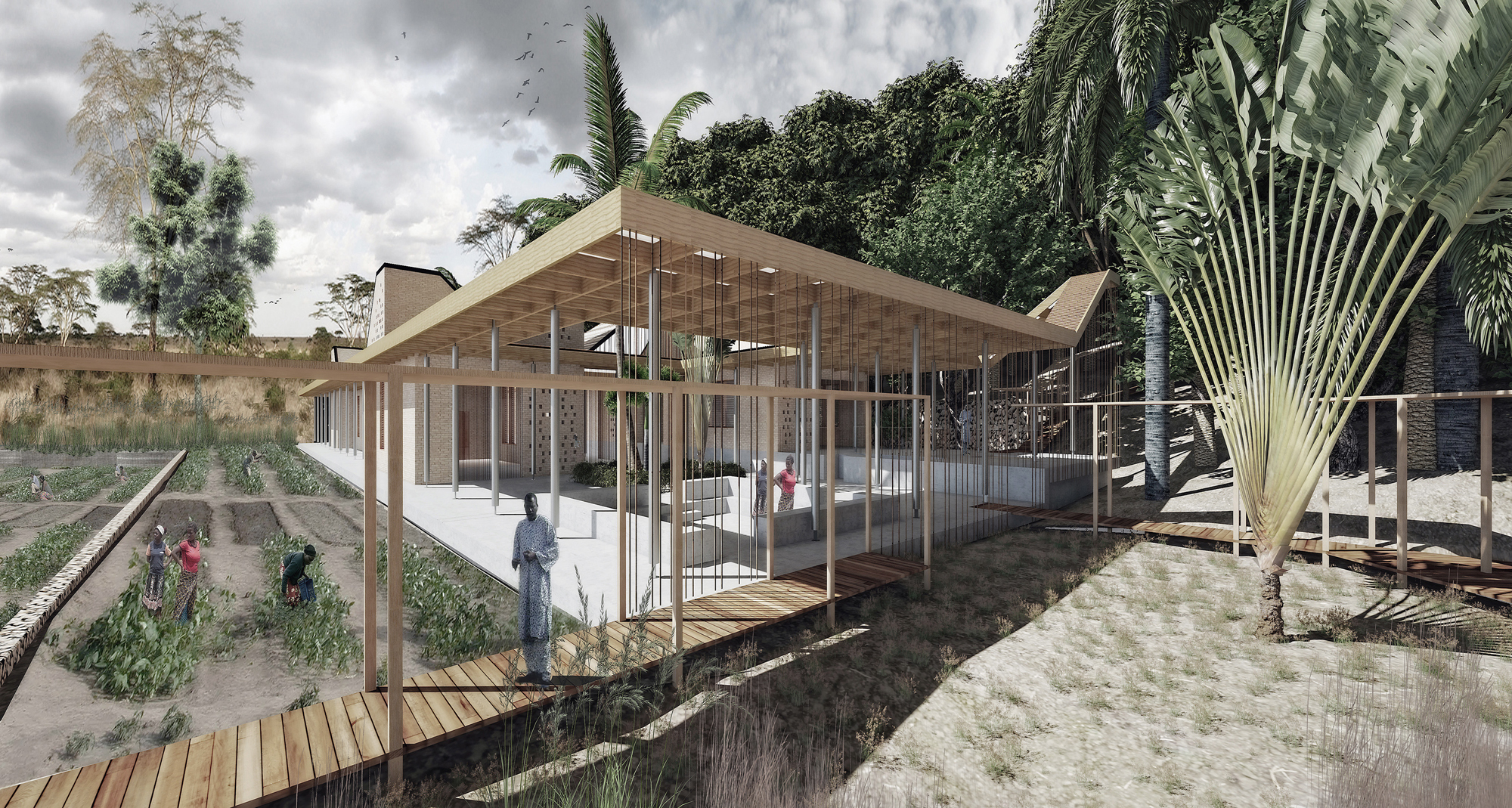
The United Republic of Tanzania has some of the highest rates of cervical and breast cancer in the world.
Each year, for thousands of women in the United Republic of Tanzania, a positive diagnosis of cervical or breast cancer—and the good news that treatment is available—is followed by an impossible decision: travel to a distant hospital for treatment where there may not be safe or affordable lodging, or stay at home and succumb to cancer.
To ease this burden, Pink Ribbon Red Ribbon, the George W. Bush Institute, the American Cancer Society, HKS, Inc., and Southern Methodist University launched an international competition in April 2016 to solicit designs for two “homes-away-from-home” for these women.
After detailed research, it was decided that the cost of designing and building with traditional construction methods to be financially prohibitive. This stimulated the search for a creative and cost-effective alternative.
A team from MASA STUDIO in Rome, Italy—led by Emanuele Santini—submitted the winning design for a wellness hostel to be constructed at the Ocean Road Cancer Institute in Dar es Salaam, Tanzania, which treats close to 10,000 women each year for cervical and breast cancer, 60 percent of whom live far away.
Below, Emanuele Santini describes his winning proposal.
The idea for project research was born from the desire to respect and recreate the characteristics of the rural areas of sub-Saharan Africa, which is the current residence of majority of the guests the future hostel will host. The study of the characteristic organization, as well as the type of households in these rural areas, is the starting point of the project. These are made up of different units protected by a fence or a defined borderline.
The project stems from a single square regular module of two dimensions: 8x8m (64 square meters) for public space and 6x6m (36 square meters) for private space (rooms for guests and staff). The volume of the monolithic module is characterized by high walls and massive mono-textural walls opening in the roof to allow the diffusion of scattered light into the interior, air circulation, and cross-ventilation.

The aggregation of these modules and the strong, distinctive unifying element contribute to form the hostel architecture definition. It also delimits and creates architectural space.
A linear platform/cover with parallel floor/concrete plate, as a sandwich panel, join and connect the volumes into a single, but dynamic and flexible, element. The units will be assembled under a cover/plate, which becomes a new virtual security fence but at the same time performs precise bioclimatic and energy functions.
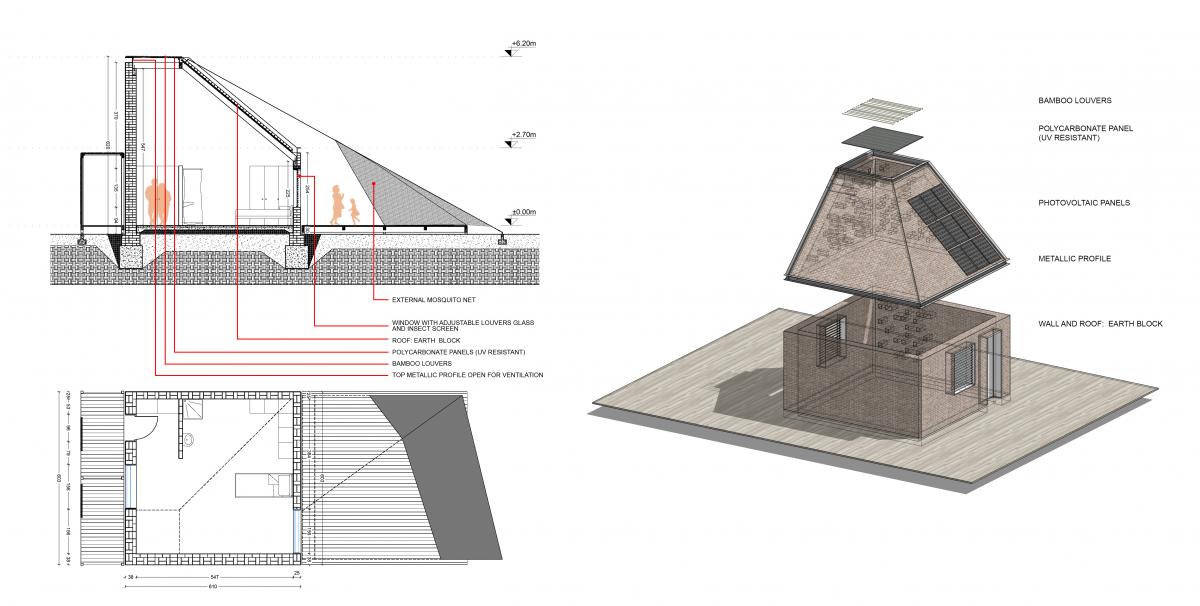
The cover plate generates protected areas, manages flow distribution, ensures community life, and filters the public and private areas while protecting the privacy of the hostel guests; at the same time, it connects the paths of the units and rooms that open to the landscape, as in an African rural village.
The cover respects the modules, which emerge with their characteristic top. The arrangement of the units under the common plate allows strong space flexibility and transparency to both transverse and longitudinal directions, generating different perspective views of the landscape and, especially, towards the Victoria Lake.
The volumes projected for sanitary facilities (latrines) and technological systems (back-up generators and waste recycling) are organized efficiently along major routes but far from the rooms occupied by guests, in order to control infection problems.
Especially, the latrines were designed according to the standards and guidelines laid down by the UNHCR (Institutional Latrines).
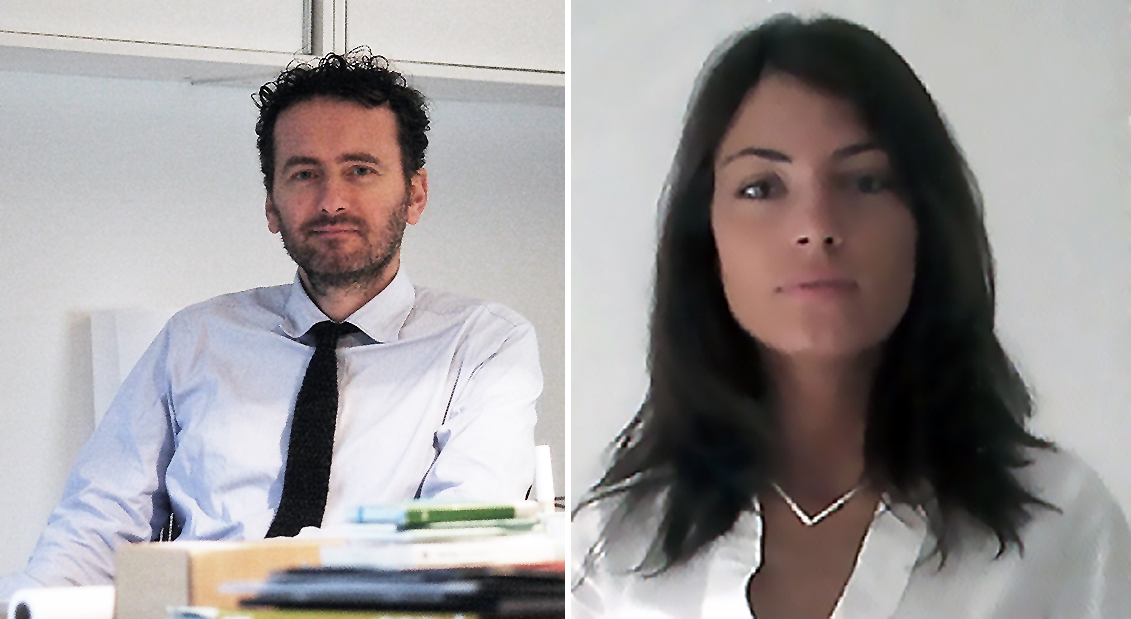
for Hope international competition, MASA STUDIO
co-founders Emanuele Santini and Sara Marinucci.
The main building materials were chosen with the intention of engaging the community through the construction process: all the load-bearing masonry of the modules are made of bricks manufactured on site using local materials and assembled by the native labor force (bricks will be made with an experimental blend of local material).
All paths converge toward the plate and the common spaces that are created under it: in this way the areas where the main flows intersect become meeting, socialization, and sharing places.
The wooden paths also become support elements for the systems distribution between the different modules, such as the electrical systems and for patient monitoring and staff-patient communications.
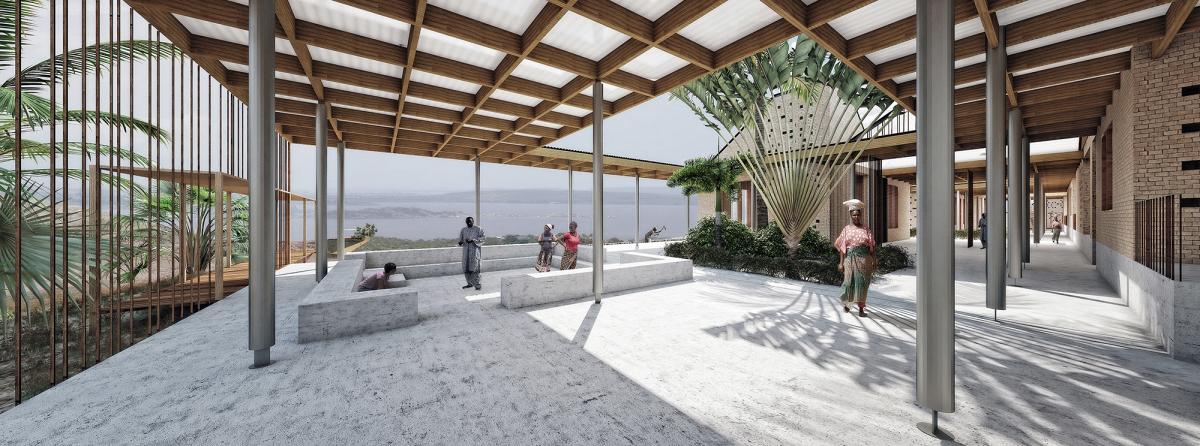
The structure may open to the territory and the local community: the single module that with a long linear path runs out into the lake can be open and accessible to the local community for leisure, recreational, therapeutic, and psychological support meetings.
This area does not disturb hostel guests, being far away from the plate and the other units. The different modules of the rooms of the hostel's guests guarantee privacy and relaxation to the occupants. Each module is equipped with outdoor spaces protected by mosquito nets, integrated with the architecture, and enjoys the view of Lake Victoria and the surrounding nature. 
PROJECT CREDITS:
Client: Pink Ribbon Red Ribbon
Achitects in Charge: Emanuele Santini and Sara Marinucci, MASA STUDIO
Collaborators: Valerio Faraglia, Valentino Proietti
Renders: Valentino Proietti
Consultant: M. Grazia Spedicato

